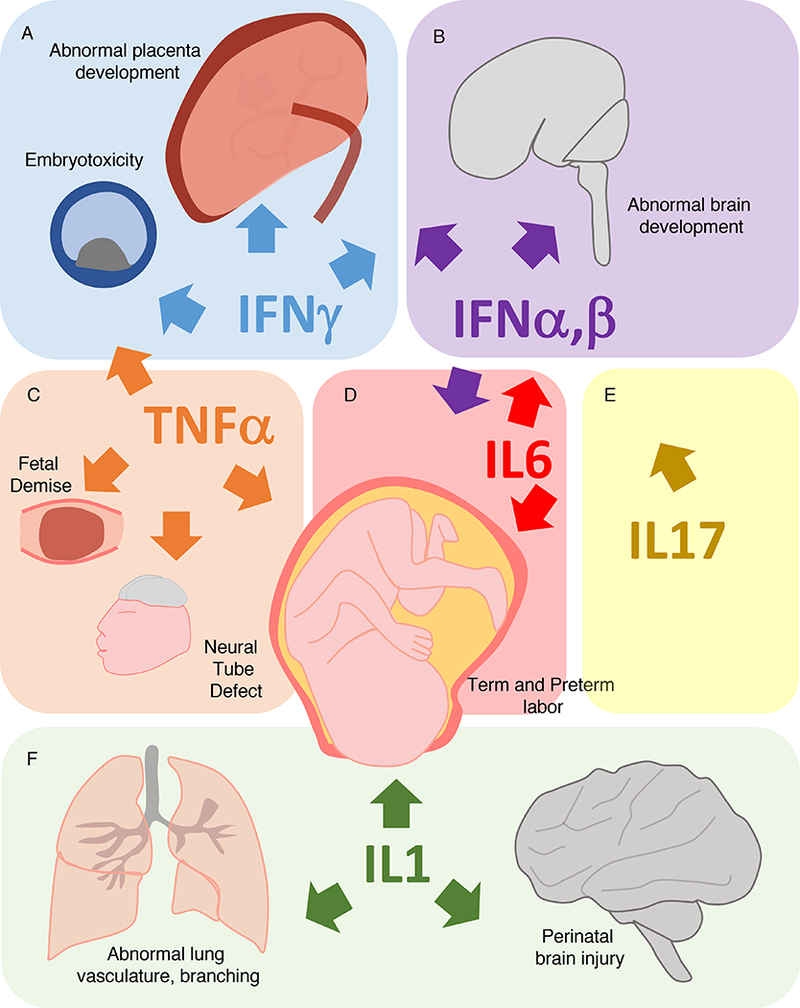Figure 3: Pathological effects of cytokines in pregnancy.

Aberrant expression of IFN-γ, IFN-β, TNF-α, IL6, IL17, and IL-1β can lead to developmental failure in multiple organ systems.
(A) Exposure of embryos to IFN-γ in culture is toxic, and systemically elevated IFN-γ at the time of implantation inhibits implantation. Mouse models implicate that IFN-γ responsiveness after malaria and toxoplasma infection mediates some of the placental defects and that IFN-γ overexpression leads to abnormal brain development in mouse models.
(B) Type I IFNs (including IFNα and IFNβ) mediate abnormal placental development after ZIKV infection, as demonstrated by mouse models. Humans with overexpression of type I IFNs due to interferonopathies have abnormal brain development, similar to “TORCH” infections, implicating IFNs as mediators of abnormal brain development.
(C) Exposure of embryos to TNF-α can induce a block in development. TNF-α is a mediator of fetal demise in mouse models of immune stimulation (CpG, LPS, and Poly(I:C)). TNF-α injection in mice can cause neural tube defects. Intraamniotic infusion of TNF-α is sufficient to induce preterm birth in non-human primate models.
(D) IL-6 (upstream of IL-17) induces abnormal brain development and behavior in mouse models of maternal immune activation. IL-6 mediates on time and preterm parturition in mouse models.
(E) IL17 (downstream of IL6) induces abnormal brain development and behavior in mouse models of maternal immune activation.
(F) IL-1 may induce preterm birth, as amniotic IL-1β administration is sufficient to induce preterm labor in non-human primates. Mouse models reveal that IL-1 may mediate defects associated with peripartum intrauterine inflammation including abnormal lung development associated with bronchopulmonary dysplasia and brain injury.
